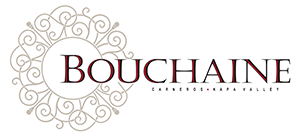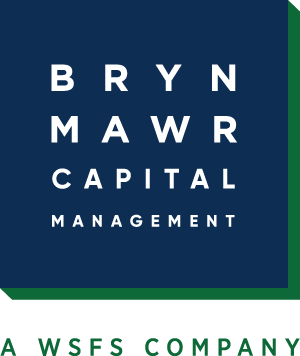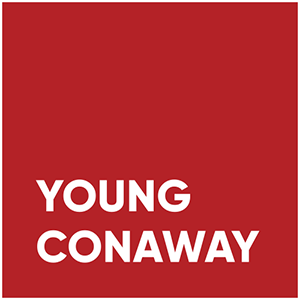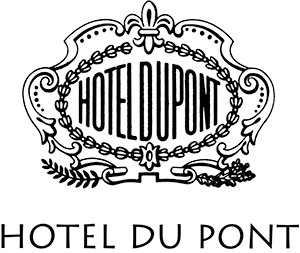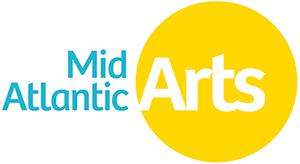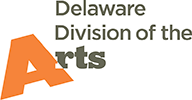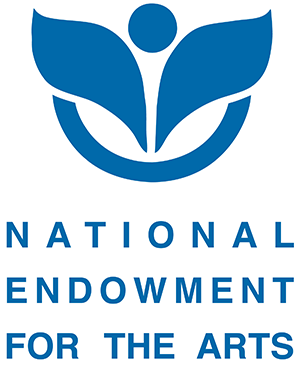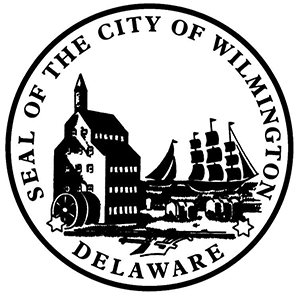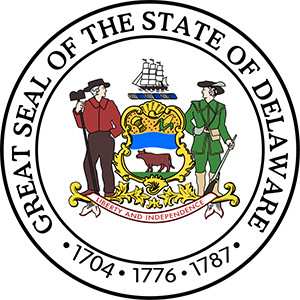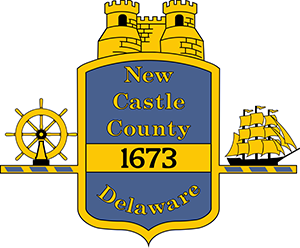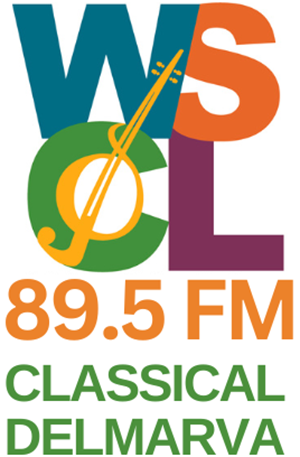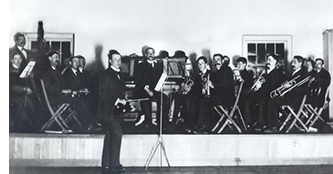 Alfred I. du Pont founded the earliest ancestor of the Delaware Symphony Orchestra (DSO) in the early 19th Century. Its name was originally the Tankopanicum Orchestra, which is translated from a Native American word as “the rushing waters of the Brandywine River.” The ensemble was comprised of a small group of local amateur musicians who were employed as mill workers, doctors, and laborers. Thanks to du Pont’s dedication, local interest in music performance was strengthened immensely in a short period of time.
Alfred I. du Pont founded the earliest ancestor of the Delaware Symphony Orchestra (DSO) in the early 19th Century. Its name was originally the Tankopanicum Orchestra, which is translated from a Native American word as “the rushing waters of the Brandywine River.” The ensemble was comprised of a small group of local amateur musicians who were employed as mill workers, doctors, and laborers. Thanks to du Pont’s dedication, local interest in music performance was strengthened immensely in a short period of time.
Although du Pont’s original orchestra disbanded, in 1906 two prominent businessmen, Major Kellogg Kennon Venable (K.K.V.) Casey and Cyrus Peter Miller (C.P.M.) Rumford, formed the Wilmington Orchestra. They shared a vision to form a group “to play and promote the better things in music.” They recruited musical friends along with conductor August Rodemann of the Philadelphia Orchestra to become the new music director. Once the membership became too large to fit inside Rumford’s house, a decision was made to create a formal organization with officers and a larger venue. The first concert was performed on May 27, 1907 in the Garrick Theater on Market Street near 9th Street, and tickets were complimentary.
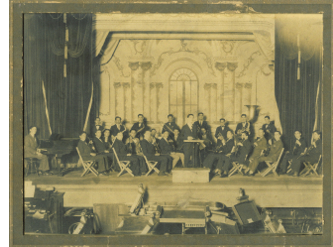 After the Wilmington Orchestra disbanded due to a lack of financial support, the Wilmington Symphony Club was formed in 1912. Its conductor, Harry Stausebach, was a violinist from the first Tankopanicum Orchestra. In 1929, the name was changed to the Symphony Club of Wilmington, and the primarily amateur group performed twice each year. Gradually, a larger fraction of the 60-member orchestra became professional, but there were still varying degrees of experience among players. By 1940, the orchestra had increased in size to 90 members.
After the Wilmington Orchestra disbanded due to a lack of financial support, the Wilmington Symphony Club was formed in 1912. Its conductor, Harry Stausebach, was a violinist from the first Tankopanicum Orchestra. In 1929, the name was changed to the Symphony Club of Wilmington, and the primarily amateur group performed twice each year. Gradually, a larger fraction of the 60-member orchestra became professional, but there were still varying degrees of experience among players. By 1940, the orchestra had increased in size to 90 members.
The first executive board of the orchestra was created in 1946 along with a program committee as advisors to the conductor. In 1955, Stausebach retired after a 26-year career of conducting and energizing an orchestra for the city of Wilmington.
Upon Stausebach’s retirement, the Board of Directors chose Van Lier Lanning as the conductor. He demanded more players and more auditions, enabling the orchestra to grow and the season to lengthen. By the time he retired after 24 years of service, the orchestra had grown to an almost all-professional ensemble. It was renamed the Delaware Symphony Orchestra in 1971 to better reflect the orchestra’s regional reach. During Lanning’s time, the number of concerts increased from three to four annually, as well as two children’s concerts instead of one.
In 1979, Stephen Guzenhauser took over. Guzenhauser served as music director for 23 years and is known for increasing the professionalism and quality of the orchestra. Under his leadership, the DSO went on the first professional tour to Portugal. He also led the orchestra in debut performances in New York City and Washington D.C.
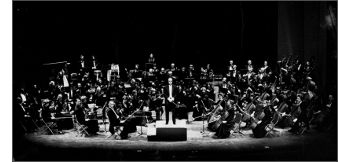 In September 2003, after a season-long search, David Amado began as conductor and music director. Chosen from over 325 applicants worldwide, he is the fifth conductor to lead the orchestra. Amado brought new energy and recognition to the DSO, re-connecting with patrons and reaching out to new audiences through a variety of programming. In 2023, after two decades as Music Director, Amado was named the DSO’s first Music Director Laureate.
In September 2003, after a season-long search, David Amado began as conductor and music director. Chosen from over 325 applicants worldwide, he is the fifth conductor to lead the orchestra. Amado brought new energy and recognition to the DSO, re-connecting with patrons and reaching out to new audiences through a variety of programming. In 2023, after two decades as Music Director, Amado was named the DSO’s first Music Director Laureate.
As the state’s only professional orchestra, the DSO brings symphonic music to thousands of Delawareans through Classical (i.e., full-orchestra performances) and Chamber (i.e., smaller, more intimate concerts) Series; special and family-friendly concerts; and education and community outreach programs.
To honor Alfred I. du Pont, the Delaware Symphony Orchestra and the Alfred I. du Pont Foundation annually recognize a distinguished living American composer or conductor who has made a significant contribution in the field of contemporary classical music. To learn more about this award and see a list of past recipients, click here.




